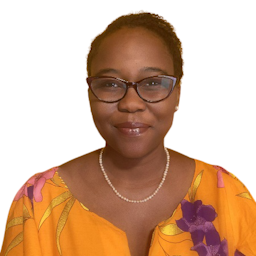March 8: He for She or Men raising their voices for change
May 28, 2019
Story
Once again, the time has come. A new year. A new International Women's Day celebration. This year, the theme for the International Women's Day is: Equality for women is progress for all.
My recent article\"Engaging boys and men in working for girls and women's rights will benefit everyone\"clearly embraces the 2014theme for the International Women's Day. In 2014, we need to put \"men\" in \"women's\" issues is essential, if we want to make a lasting difference for girls and women on the African continent and elsewhere.
Let us first retrace the history of the International Women's Day. The first everNational Woman's Daywas celebrated in the United States on 28 February 1909.The Socialist Party of America chose this day to honour the 1909 garment workers' strike in New York, where women protested against working conditions.
In 1975, the United Nations chose March 8 as the International Women's Day. The following year, the U.N. initiated theDecade for Women. Since then, March 8, the International Women's Day, is a special day used to enlighten the challenges faced by girls and women across the globe and to celebrate their achievements.
The truth is that behind an achievement made by a girl or woman, chances are, there is a supporting father, a brother, a male friend or significant other who has invested his time and/or his money so she can achieve her dreams and goals. This is probably why the U.N. has launched the campaignHe for Sheto encourage the men, including supporters ofW&A, to raise their voices for change.
U.N. Secretary-GeneralBan Ki-moonhas appealed to men and boys around the world to be active participants because \"where men and women have equal rights, societies prosper.\"
Whether one cares about girls and women's issues or not, the reality is that millions of them are silent victims. Regarding the question of gender-based violence alone, thestatisticsare alarming and called for action from every father, brother, male friend or relative:
As many as 1 in 4 women experience physical or sexual violence during pregnancy.
More than 100 millions girls are 'missing' due to prenatal sex selection.
Women and girls make up 80 % of the estimated 800,000 people trafficked across national borders every year, with 79% of them trafficked for sexual exploitation.
Up to 7 in 10 women in the world report having experienced physical and/or sexual violence at some point in their lifetime.
Over 60 millions girls worldwide are child brides, married before the age of 18.
Approximately 100 to 140 millions girls and women in the world have experienced female genital mutilation or cutting.
Approximately 250,000 to 500,000 girls and women were raped in the 1994 Rwandan genocide.
\"I commend those of you [men and boys] who have spoken out and stand with women and girls, as you know women hold half the sky. We call on all men also, stand up and hold up half of their part of the sky,\"Phumzile Mlambo-Ngcuka, Under-Secretary General and Executive Director of U.N. women said.




